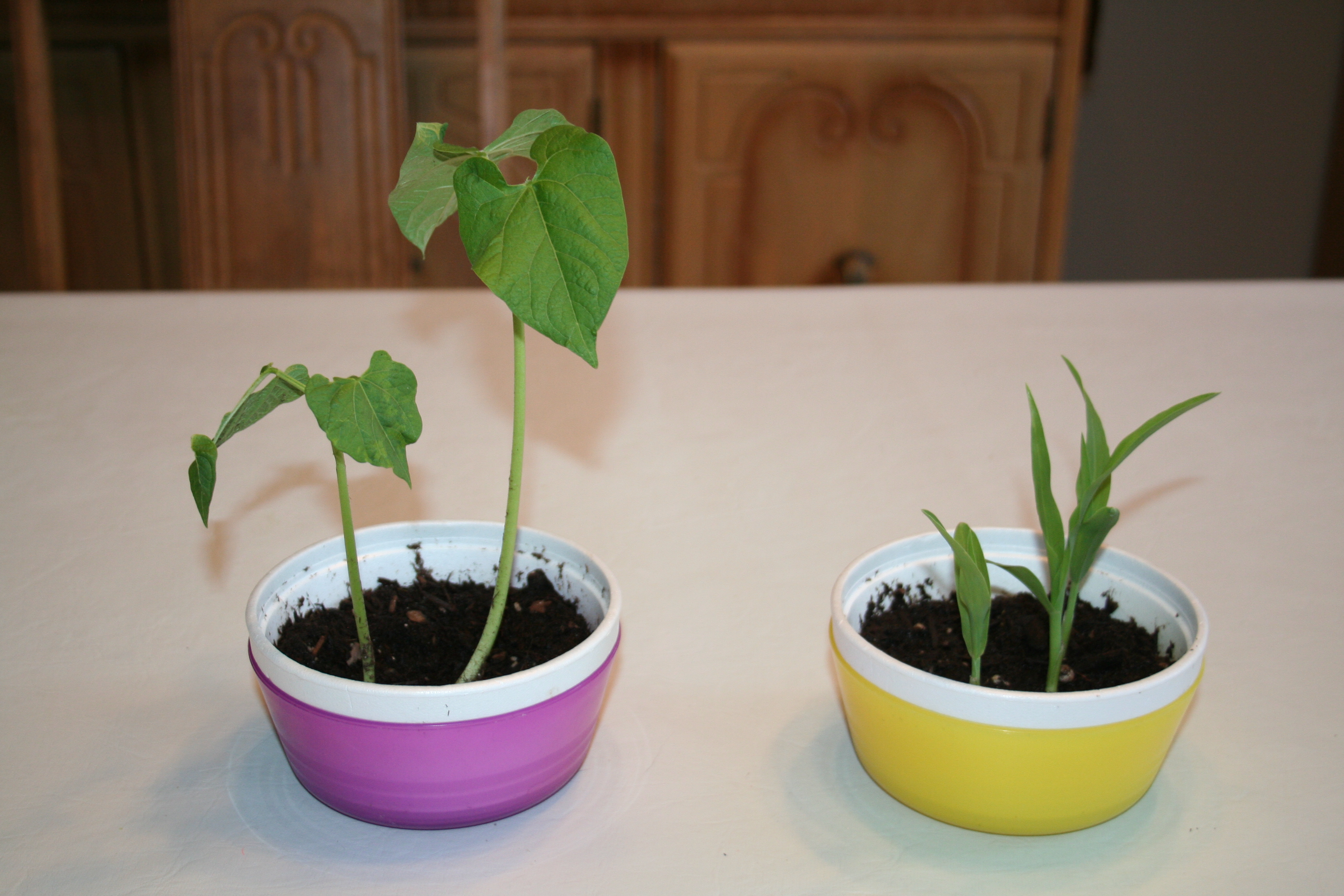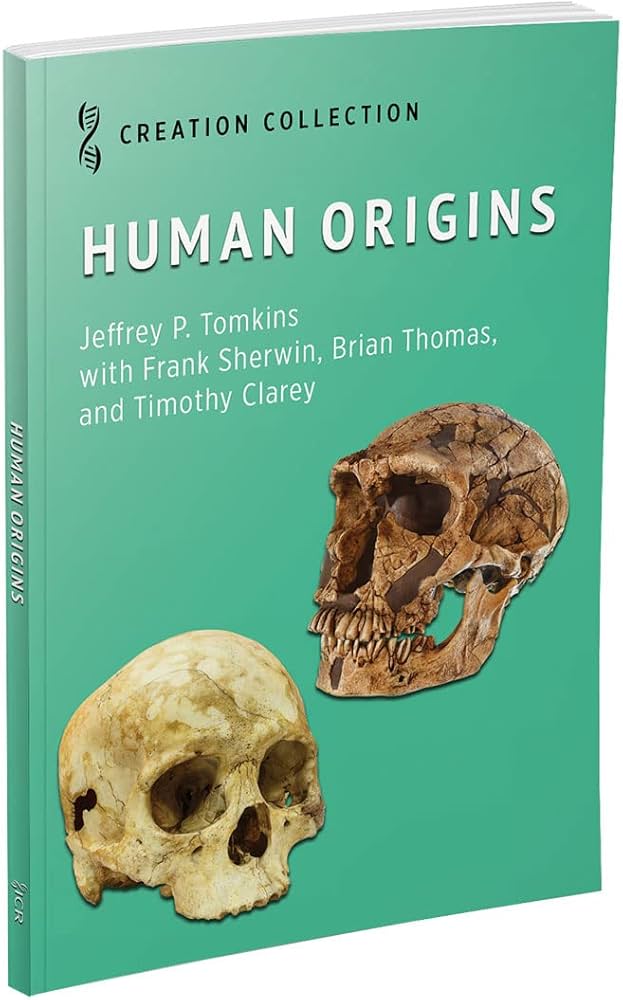Two “teams” of plants compete for popularity
One evening after dinner at our Opa and Grandmum’s house, Grandmum told us that we were going to do an experiment called Monocot “Meanies” vs. Dicot “Dreamers”. We each took two styrofoam bowls and put holes in the bottom, and then put in some soil. In one bowl, we planted two soaked bean seeds and two dry bean seeds. In the other bowl, we planted two soaked corn seeds and two dry corn seeds. Grandmum said, “Some plants are Monocot Meanies and others are Dicot Dreamers.” She didn’t tell us which was which, but that we would know when they came up.
If two leaves (or cotyledons) are present when a flowering plant first begins to grow it is a dicot, if there is only one leaf (or cotyledon) present when a flowering plant first begins to grow, it is a moncot. A week later when the plants came up we could see that corn is a monocot and beans are dicots. The corn won that round because it came up first! We noticed that the soaked seeds came up faster than the dry ones, and that the plants we took better care of were stronger than the others.
Grandmum told us you can still tell if it is a monocot or a dicot when the plant is big. If the flowers have 3 or 6 petals, or multiples of 3 petals, it is a monocot. It if has any other number of flower petals, it is a dicot. When the leaves have straight veins the plant is a Monocot Meanie, and Dicot Dreamers have veins that go in random directions. After a few weeks, we got together with Grandmum and looked at many plants in her backyard. We found that plants like grass are monocots and plants like petunias are dicots. Dicots can grow thick stems, and some become trees. Monocots with their thin leaves can squish close together and each leaf can still get lots of sunlight. In the end, we learned that Monocot Meanies and Dicot Dreamers both win because there is a place in the world for both these kinds of flowering plants!
Karen, Joanna and Alisha Bain
September 2018
Subscribe to Dialogue







